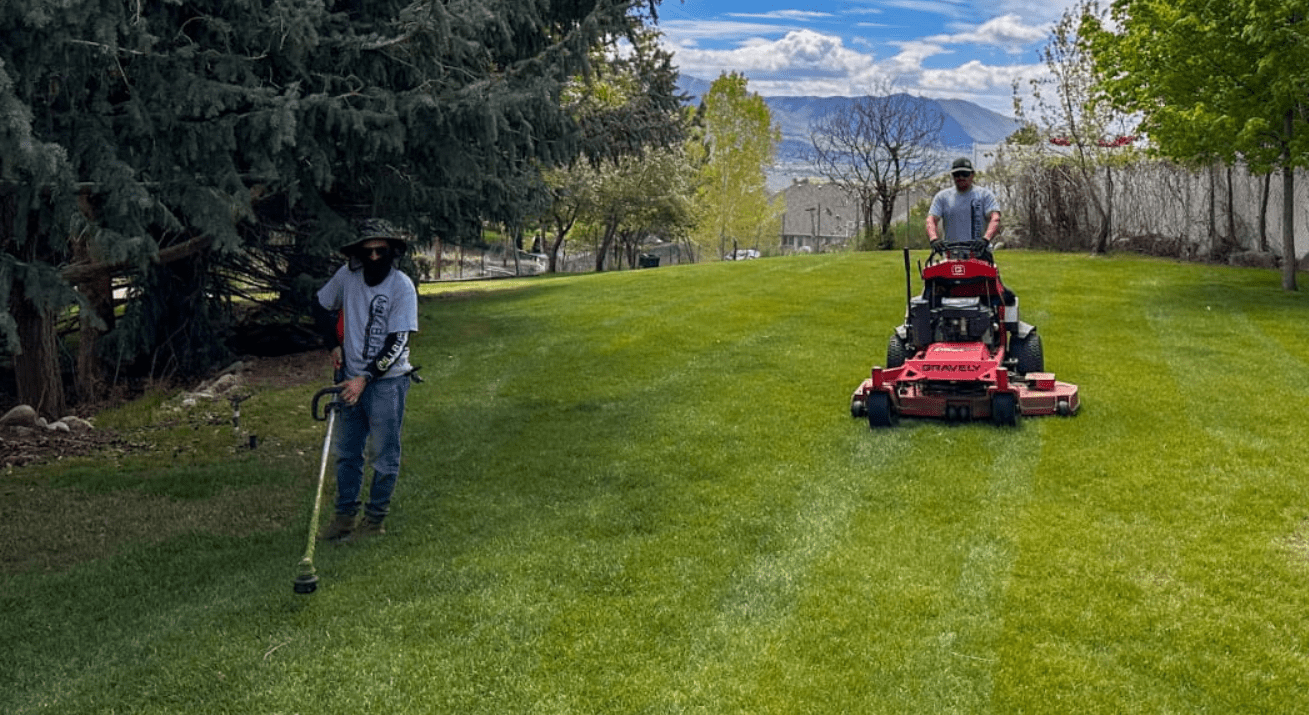Maintaining a green and healthy lawn doesn’t have to come at the expense of the environment. By adopting eco-friendly lawn care practices, you can create a lush, beautiful yard while reducing your environmental impact. This guide provides practical tips on sustainable lawn care, including the use of organic fertilizers, water conservation techniques, and natural pest control methods.
The Benefits of Eco-Friendly Lawn Care
- Environmental Protection: Reduces the use of harmful chemicals that can pollute soil and waterways.
- Soil Health: Promotes healthier soil that supports robust plant growth.
- Wildlife Preservation: Protects beneficial insects, birds, and other wildlife.
- Cost Savings: Often more cost-effective in the long run due to reduced reliance on synthetic products and lower water usage.
Organic Fertilizers and Soil Health
Why Choose Organic Fertilizers?
Organic fertilizers are derived from natural sources and provide essential nutrients without the harmful side effects of synthetic fertilizers. They improve soil structure, enhance microbial activity, and promote long-term soil health.
Types of Organic Fertilizers
- Compost: Rich in nutrients and beneficial microorganisms, compost is an excellent all-purpose fertilizer.
- Manure: Provides a slow-release source of nitrogen and other nutrients.
- Bone Meal: High in phosphorus, which is essential for root development.
- Blood Meal: A potent source of nitrogen for leafy growth.
Application Tips
- Soil Test: Conduct a soil test to determine nutrient deficiencies and adjust your fertilizer application accordingly.
- Timing: Apply organic fertilizers in the spring and fall when plants are actively growing.
- Amount: Follow the recommended application rates to avoid over-fertilization.
Water Conservation Techniques
Efficient Watering Practices
- Water Deeply and Infrequently: Watering deeply encourages deep root growth, making your lawn more drought-resistant.
- Early Morning Watering: Water in the early morning to minimize evaporation and reduce the risk of fungal diseases.
- Avoid Overwatering: Overwatering can lead to shallow roots and increase the risk of disease. Aim for about 1 inch of water per week, including rainfall.
Water-Saving Technologies
- Smart Irrigation Controllers: Adjust watering schedules based on weather conditions, soil moisture, and plant needs.
- Drip Irrigation Systems: Deliver water directly to the roots, reducing evaporation and water waste.
- Rain Barrels: Collect and store rainwater for use during dry periods.
Natural Pest Control
Beneficial Insects
Encouraging beneficial insects can help keep pest populations in check naturally.
- Ladybugs: Feed on aphids, mites, and other pests.
- Lacewings: Their larvae consume aphids, caterpillars, and other harmful insects.
- Parasitic Wasps: Target and kill pest larvae.
Natural Pesticides
Use natural pesticides to control pests without harming beneficial insects or the environment.
- Neem Oil: Effective against a variety of pests, including aphids, mites, and whiteflies.
- Diatomaceous Earth: A natural powder that dehydrates and kills soft-bodied insects.
- Insecticidal Soaps: Made from potassium salts of fatty acids, they disrupt the cell membranes of insects.
Sustainable Lawn Maintenance Practices
Mowing
- Mow High: Set your mower blades to a height of 3-4 inches to promote deep root growth and shade the soil, reducing water evaporation.
- Leave Clippings: Grass clippings decompose quickly and return valuable nutrients to the soil.
Aeration
Regular aeration helps alleviate soil compaction, improves water infiltration, and promotes healthy root growth.
- Frequency: Aerate your lawn at least once a year, preferably in the spring or fall.
- Method: Use a core aerator to remove small plugs of soil and create space for roots to expand.
Dethatching
Thatch is a layer of organic matter that can build up between the soil and grass blades, preventing water and nutrients from reaching the roots.
- When to Dethatch: Remove thatch when it exceeds 1/2 inch in thickness, typically in early spring or fall.
- Tools: Use a dethatching rake or a power dethatcher for larger lawns.
Conclusion
Adopting eco-friendly lawn care practices not only benefits the environment but also leads to a healthier, more resilient lawn. By using organic fertilizers, conserving water, and employing natural pest control methods, you can maintain a lush, green lawn sustainably. For expert lawn care services and additional tips, consider partnering with Saratoga Mowing. Our experienced team is dedicated to helping you achieve the lawn of your dreams in an environmentally responsible way.


